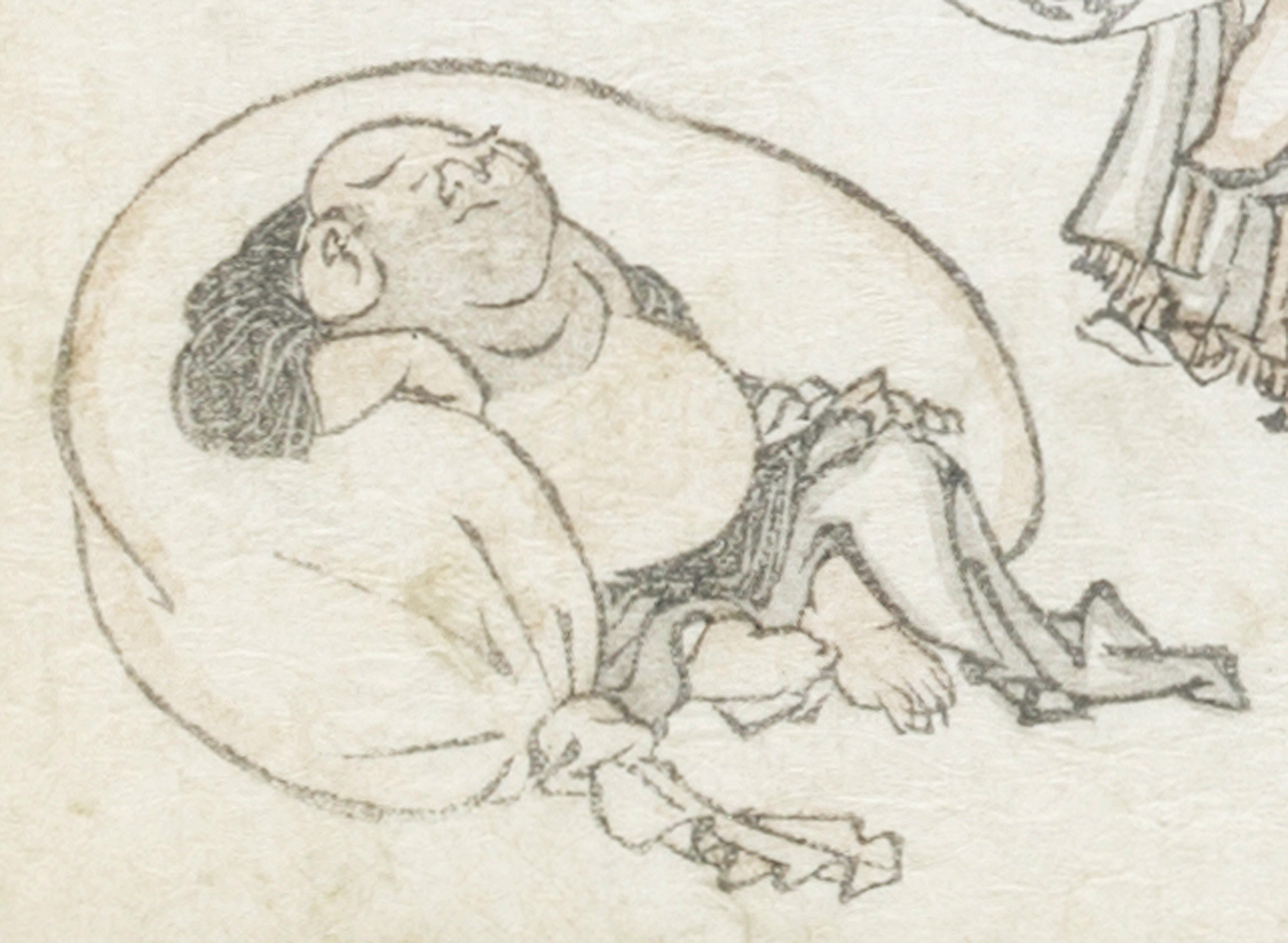Innovative, creative, and immensely prolific, Katsushika Hokusai (1760-1849) was celebrated during his lifetime in his native Japan. His works were among the first major examples of Japanese art to be widely appreciated overseas in the second half of the 19th century.
"Hokusai and Japonisme" at the National Museum of Western Art highlights various ways the artist's impact changed the course of European art. It brings together more than 300 items including prints, sketches and paintings by the master himself and, from Europe, everything from paintings, prints and sculpture to plates, vases, lamps and furniture inspired by Hokusai's style.
The exhibition starts with examples of how early European diplomats and traders included reproductions of Hokusai works, in particular his woodblock prints, in their travel diaries and accounts of Japan. Uncredited, the works here were used less for their aesthetic merit than as illustrations of the life and customs of a strange, exotic land. In one book, Hokusai's depictions of Japanese warriors were reproduced in reverse, as though they had been traced directly. Art dealers and critics in Europe, meanwhile, began championing Hokusai as a major artist, highlighting his work in book collections of Japanese art and dedicated publications.


















With your current subscription plan you can comment on stories. However, before writing your first comment, please create a display name in the Profile section of your subscriber account page.